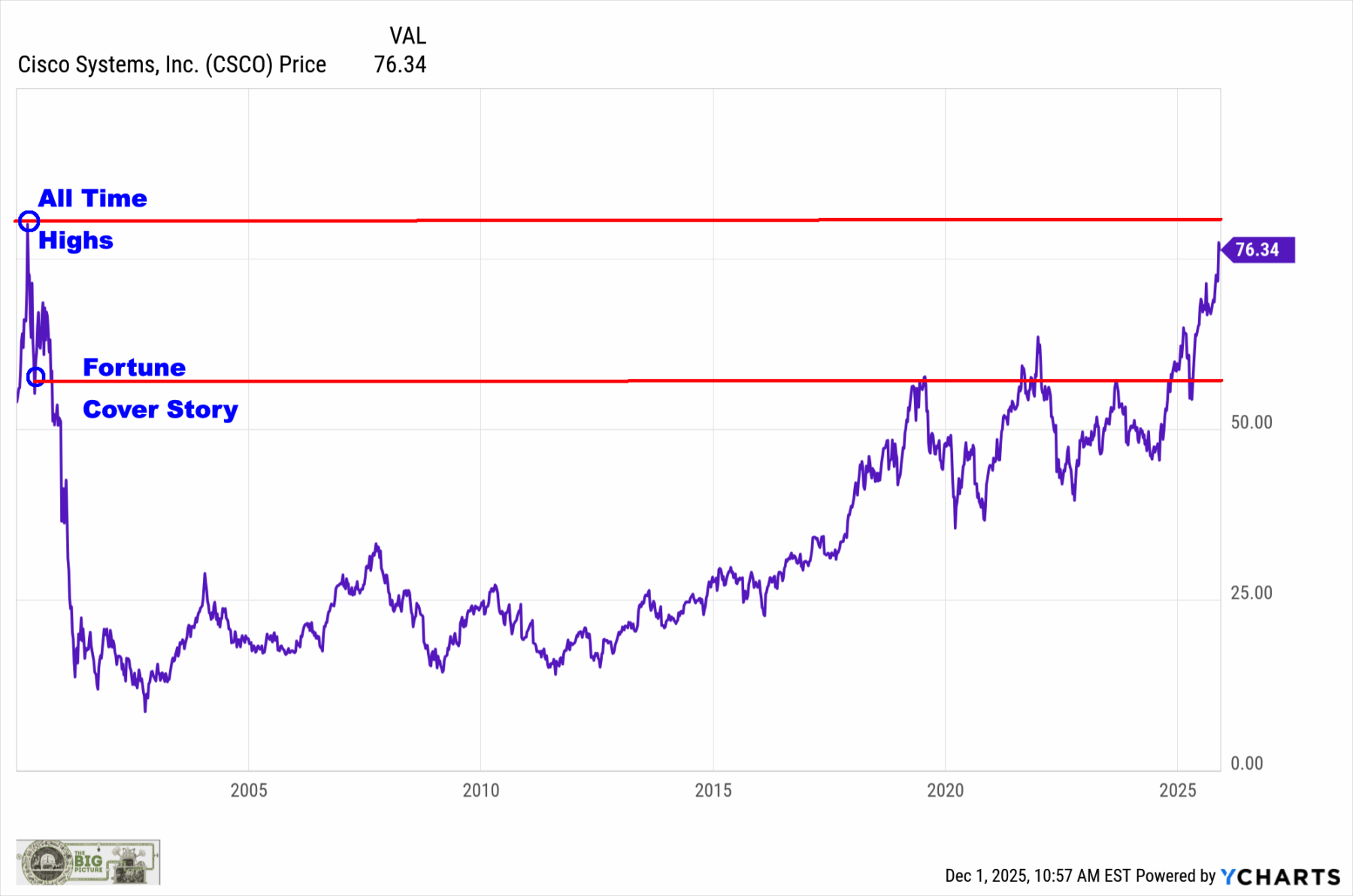Receive free UK economy updates
We’ll send you a myFT Daily Digest email rounding up the latest UK economy news every morning.
This week’s radical revisions to the UK’s Covid-era data have destroyed many recent narratives about its economy.
Rather than Britain still producing fewer goods and services than before the pandemic, the Office for National Statistics figures show that UK gross domestic product exceeded that benchmark in late 2021.
And instead of the UK being a global outlier, marked by its feeble economic recovery from the pandemic, the new data shows it to be in the middle of the G7 pack, roughly equal with France and ahead of Germany.
The revisions show that by the end of 2021 the economy was 0.6 per cent larger than its pre-pandemic level, rather than 1.2 per cent smaller.
The good news, delivered in an obscure publication entitled “Impact of Blue Book 2023 changes on gross domestic product”, triggered political euphoria. Chancellor Jeremy Hunt declared: “The declinist narrative about Britain and its long term prospects — for which post-pandemic growth was usually cited as a main piece of evidence — is just wrong.”
But that headline change is just the tip of the iceberg in terms of the shifts in the UK’s economic narrative that the statistical agency has unleashed.
Extreme changes to detailed figures across many sectors of the economy will completely alter analysts’ and policymakers’ thinking about productivity growth, inequality and how society has changed since the pandemic.
For example, according to the previous data, the gross value added to the economy by agriculture increased by 11.7 per cent between the date of the Brexit referendum in 2016 and the end of 2021. Yet the new data shows a contraction of 7 per cent.
And this is by no means the biggest change. Basic iron and steel manufacturing increased by 56 per cent between 2019 and the end of 2021, according to the previous figures. The update changed that to a 66 per cent decline.
In general, services’ contribution to economic growth has been revised up, while manufacturing, construction, agriculture and oil and gas extraction have fallen.
Many economists reacted with some alarm to the changes in the figures. Ruth Gregory, deputy chief UK economist at Capital Economics, said the ONS figures were “vastly different to the previous data”.

Simon French, chief economist of investment bank Panmure Gordon, said the previous data, showing the UK at the bottom of the pack, undermined Britain’s reputation abroad and the change “has cast huge doubt on recent investor conclusions”.
Some economists excused the ONS for the changes, saying the pandemic was a time of huge economic upheaval. Julian Jessop, a fellow at the free market Institute of Economic Affairs, said it was “extraordinarily difficult to measure GDP during Covid”.
The ONS has come up with several reasons for the large revisions.
In 2020, it now thinks companies were producing goods and services, adding to piles of unsold stocks, rather than running them down.
The bigger revisions come in 2021, where it has looked in more detail at each sector’s inputs and outputs rather than simply looking at turnover, which guides the initial statistical release.
This is why some industrial sectors such as steelmaking perform so much worse in the new data. The ONS found that far more of the added value from producing iron, for example, was coming from the energy the sector used and there was much less additional value generated by turning it into metal.
By contrast, the wholesale and retail sectors streamlined their cost bases in the Covid period and so produced more value than previously estimated.
Last year’s ONS data revisions were almost as large and went in the opposite direction. Had it waited until now, the aggregate changes over two years would have been much smaller.
Many other statistical agencies have not yet produced in-depth analyses of their GDP data for the Covid period and economists expect that they are also likely to log large revisions.
EU data also shows upward revisions from initial Covid-era estimates.
The contraction in the EU in the year to the fourth quarter of 2020 was initially estimated by Eurostat to be 4.8 per cent, but that has been revised up to a decline of 3.8 per cent. In the following four quarters the initial rebound estimate of a 4.8 per cent expansion has been revised to 5.2 per cent.
In the US, the latest analysis of revisions shows little bias in the initial releases. But in general it has tended to revise down its GDP growth rates, unlike European countries.
Rupert Harrison, who was George Osborne’s chief of staff when he was chancellor, said that compared with the US, Britain’s statistics tend to look bad when first published.
“The recovery after 2010 was repeatedly revised up, whilst the US was revised down — we now know the two grew the same in 2010 to 2016 but that wasn’t the narrative at the time,” he said.
This has been a longstanding transatlantic trend. Before the financial crisis, Goldman Sachs calculated that the annualised average quarterly growth figures were revised up by 0.7 percentage points in the UK and by 0.5 points in the eurozone and revised down by 0.3 points in the US.
Despite the scale of Friday’s generally rosy UK revisions, economists warned that the big picture of the economy struggling to grow and improve living standards had not changed.
Gregory said: “With the UK still likely to be suffering from a labour supply shortfall, this is no guarantee of future long-term resilience.”
George Buckley, chief UK economist at Nomura, said that better performance in the past might leave less room for recovery in future. “It may make a UK recession more of a risk going forward as there’s less catch-up [now] to be had,” he said.
















